South America is home to some of the world's most exotic and stunning creatures, from colorful birds to giant anacondas. However, the region is also home to some of the deadliest animals on the planet. In this article, we'll take a closer look at the most dangerous animals in South America.
BRAZILIAN WANDERING SPIDER
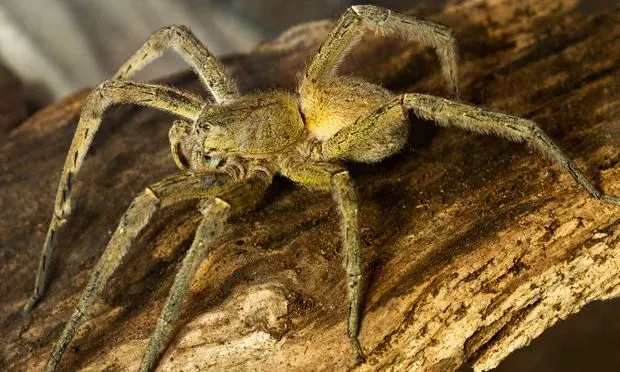
The Brazilian wandering spider, also known as the banana spider. It is considered one of the most dangerous spiders in the world due to its potent neurotoxic venom. The venom can cause severe pain, respiratory distress, paralysis, and potentially lethal cardiac problems.
The Brazilian wandering spider is found throughout Central and South America. Countries including in Brazil, Colombia, Ecuador, Peru, and Venezuela. It is named for its tendency to wander rather than stay in a web or burrow, which can increase the chances of human encounters.
While the Brazilian wandering spider is considered a dangerous spider, it is important to note that bites are relatively rare. Fortunately fatalities are even rarer. Most bites occur when the spider is provoked or threatened. As most victims are young children or agricultural workers handling produce where the spiders are known to hide.
BLACK CAIMAN
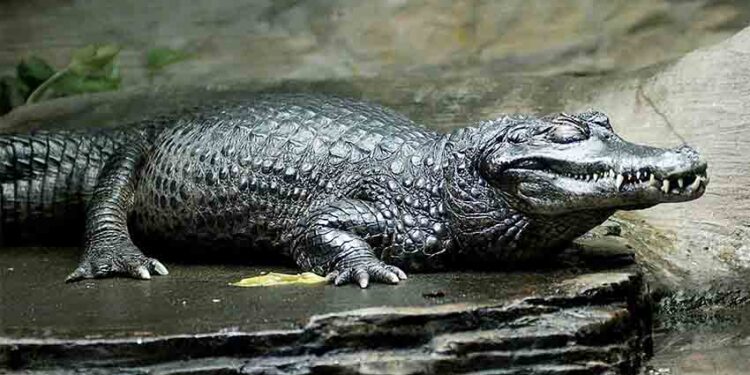
The black caiman, also known as the Melanosuchus niger, is a large species of crocodilian found in Central and South America. They are the largest predator in the Amazon Basin and are known for their aggressive behavior and powerful jaws.
While the black caiman is considered a dangerous animal, attacks on humans are relatively rare. They are typically shy and tend to avoid human contact. However, they may become aggressive if they feel threatened or cornered. Although attacks on humans have occurred, and they can be fatal.
Black caimans are opportunistic feeders and will eat almost anything, including fish, birds, mammals, and reptiles. They are known to attack and kill large prey, including anacondas and jaguars. Their powerful jaws and sharp teeth make them a formidable predator.
POISON DART FROGS
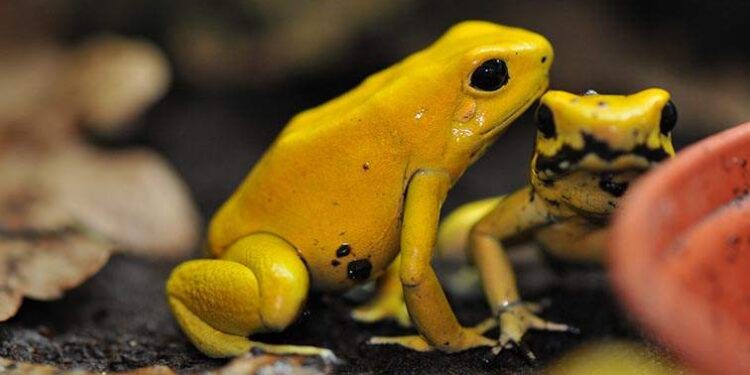
While they may look harmless, poison dart frogs are actually one of the most toxic animals on the planet.
Dart frogs are named after the indigenous peoples of Central and South America. They used their toxic secretions to poison the tips of blowdarts for hunting. These colorful and small frogs are native to the rainforests of Central and South America. Recognizable by bright, vivid colors that often serve as a warning to predators that they are toxic and not to be eaten.
The toxins produced by dart frogs are derived from the insects and other small invertebrates that they eat in the wild. As they use these toxins as a defense mechanism against predators. While dart frogs are not dangerous to humans in captivity, they should never be handled or ingested. Because their toxins can be harmful or even deadly to other animals and humans.
PIRANHAS
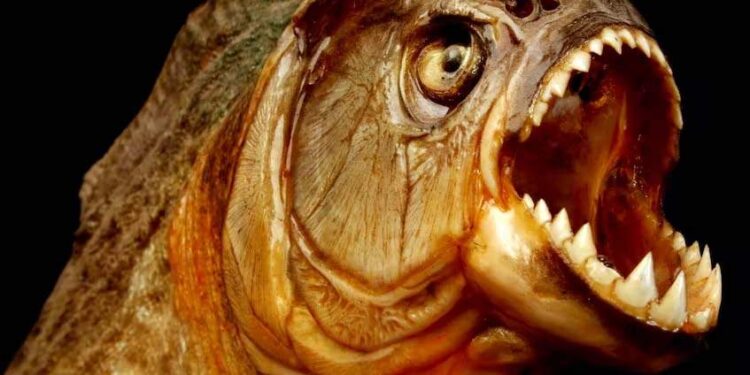
Piranhas are infamous for their sharp teeth and aggressive behavior, making them one of the most feared creatures in South America. These fish are known to swarm and attack anything that enters their territory, including humans. While piranha attacks on humans are relatively rare, there have been some reported cases of fatalities.
In 2011, a six-year-old girl died after a piranha attack in Brazil. The incident occurred while the girl was swimming with her family in a river in the state of Parana. The girl was reportedly bitten on her arms, legs, and feet and suffered severe bleeding. She was rushed to a hospital but died shortly after.
In another incident in 2012, an 18-year-old man died after a piranha attack in Bolivia. The man was swimming in a river with friends when he was bitten multiple times by piranhas. He suffered severe blood loss and was pronounced dead at the scene.
It is important to note that these incidents are relatively rare, and most piranha attacks on humans are not fatal. However, it is still important to exercise caution and take preventive measures when swimming in areas where piranhas are present.
GREEN ANACONDAS

Anacondas are the world’s heaviest snakes and are found in the swamps and rivers of South America. These massive reptiles can grow up to 30 feet long and are known for their incredible strength. While anacondas are not venomous, they are still one of the most dangerous animals in South America due to their ability to constrict and suffocate their prey. Anacondas have been known to attack humans, but such cases are rare.
When green anacondas do attack humans, it is typically in self-defense. This may occur if a person accidentally steps on or near the snake, or if the snake feels cornered or threatened. In some cases, attacks may also occur if humans attempt to handle or capture the snake.
JAGUARS

Jaguars are the largest cats in South America and are found in various parts of the continent. They are known for their powerful jaws and can crush the skulls of their prey with a single bite. Jaguars are apex predators and have no natural enemies, which makes them one of the most dangerous animals in South America. While jaguars are not known to attack humans frequently, encounters can be deadly.
Jaguars are generally elusive and avoid human contact, but when they do attack humans, it is usually because the jaguar feels cornered or has been provoked in some way. Instances of jaguars killing humans are more common in areas where human settlements encroach upon the jaguar’s natural habitat, leading to conflicts between the two.
BULLET ANTS
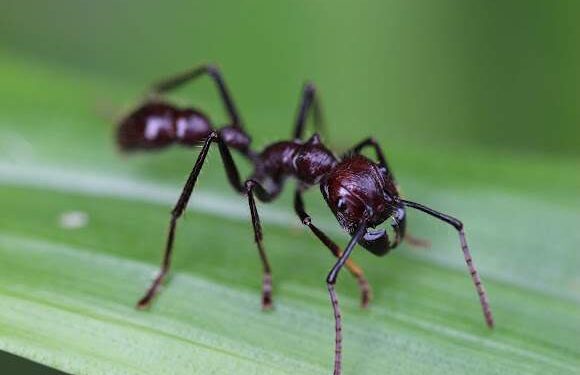
Bullet ants (Paraponera clavata) are considered to be one of the most painful insect stings in the world. They are named “bullet ants” due to the intensity of their sting, which has been compared to being shot by a bullet.
Bullet ants are found primarily in the rainforests of Central and South America, where they live in trees and on the forest floor. They are large ants, measuring up to 2.5 cm in length, and have a distinct red and black coloration.
While the sting of a bullet ant is not typically life-threatening, it can be extremely painful and can cause a range of symptoms, including intense burning pain, swelling, and numbness. Some people may also experience fever, sweating, and muscle spasms.
The venom of the bullet ant contains a potent neurotoxin that causes the pain and other symptoms associated with the sting. The effects of the sting can last for up to 24 hours or more, and the pain has been described as being similar to a hot nail being driven into the skin.
While bullet ants are not typically aggressive towards humans, they will defend their nests if threatened. It is important to take precautions if you are in an area where bullet ants are known to live, such as wearing protective clothing and footwear and avoiding disturbing their nests.
































